
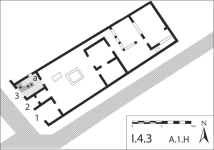
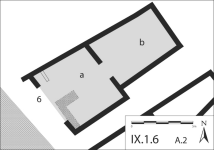
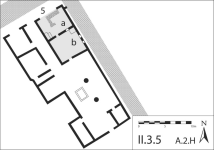

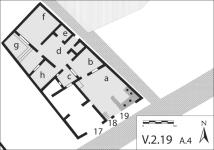
The following types were established according to these criteria (the number in parenthesis refers to the number of known examples of that particular type):
Within these types, sub-types were distinguished by the spatial arrangement:
The layouts of six properties that are buried by debris remain indeterminable.
To exemplify, this typology classifies the bar at I.2.29 - which had a counter with a cooking facility, a single room, and was attached to a house - as Type A.1.H (Figure 11). The property at VII.9.54-55 - which was without any facility for cooking and had three rooms - is classed as Type B.3 (Figure 12). The bar at I.19.2, because only minimal evidence is visible to suggest a counter once existed, and nothing else, is Type C (Figure 13).
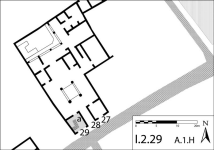
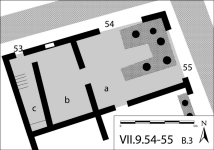
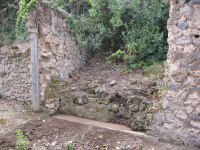
Figure 11: Bar at I.2.29, Pompeii (Type A.1.H).
Figure 12: Bar at VII.9.54-55, Pompeii (Type B.3).
Figure 13: Bar at I.19.2, Pompeii (Type C).
© Internet Archaeology/Author(s)
URL: http://intarch.ac.uk/journal/issue24/4/6.html
Last updated: Mon Jun 30 2008